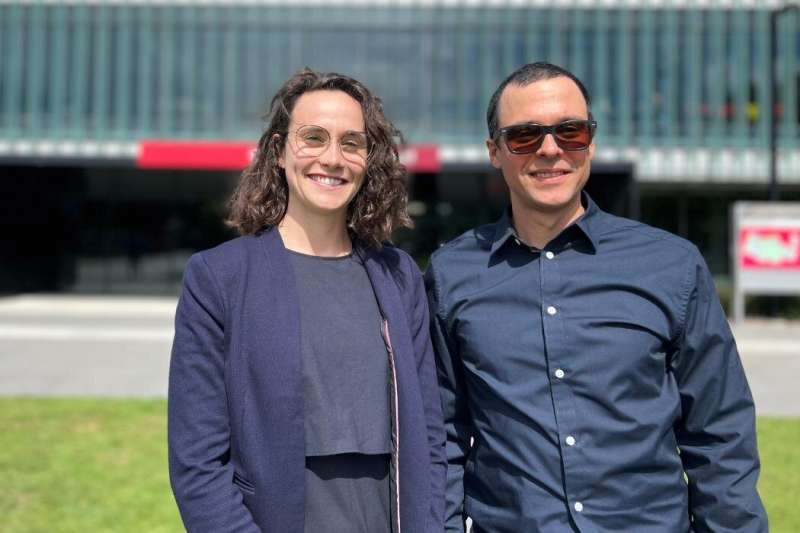
Aotearoa New Zealand is likely to have a competitive advantage when it comes to generating clean, green hydrogen and this edge should help the country reduce its future reliance on fossil fuels, says a leading sustainable energy researcher.
University of Canterbury (UC) Civil Systems Engineering Senior Lecturer Dr. Jannik Haas says New Zealand has a wealth of highly renewable energy sources, such as wind farms, hydropower stations and geothermal energy. There's also largely untapped potential for cost-effective solar farms here with a large amount of land available.
"New Zealand is really promising as a green hydrogen producer because the power sector here is already highly renewable and we could use that to manufacture hydrogen in a cleaner way than many other countries can today," he says.
"We also have some energy storage capacity through existing hydropower infrastructure. In combination, these factors make us a very attractive country for meeting the demands of generating green hydrogen, because we would have a steady supply through the different seasons of the year."
Dr. Haas and UC Civil Systems Engineer Senior Lecturer Dr. Rebecca Peer are leading a project that aims to measure and evaluate the future role of green hydrogen in New Zealand as the use of fossil fuels is phased out.
"Our goal is to develop an integrated energy system model to calculate pathways for sustainable transport, heating and electricity," Dr. Peer says.
"The industry and transport sectors currently emit a high proportion of New Zealand's greenhouse gases. We want to understand the role of green hydrogen in meeting New Zealand's 2050 net-zero goal. How can we use it cost-effectively, and what for."
UC Civil and Natural Resources Engineering Associate Professor Mehdi Keyvan-Ekbatani is also part of the project, investigating green hydrogen's potential use in the transport sector, including for heavy-duty vehicles such as trucks and buses as well as trains, ships and airplanes.
The researchers hope their work will feed into the government's New Zealand Energy Strategy—a cohesive plan setting out how to reduce reliance on fossil fuels and move towards greater levels of renewable energy and other low emission alternatives—that MBIE plans to develop by the end of 2024.
Green hydrogen is a gas produced from water using renewable energy sources. It has many uses, such as replacing hydrogen made from fossil fuels that is used as a building block for fertilizer production (or other chemicals). It can also be used for energy storage, particularly over long timeframes, among many other applications.
Dr. Haas says geographically New Zealand isn't in a "pole position" as an exporter of green hydrogen to other countries because of its remote location.
However, there is potential for New Zealand to use green hydrogen to produce ammonia, which is a base for fertilizers and could be exported. Currently natural gas is used in fertilizer production which has a big impact on carbon emissions.
Meridian Energy recently announced a partnership with Australian firm Woodside Energy to develop a large-scale green hydrogen and ammonia facility in Southland that would focus on the export market.
The government has committed to reaching net zero for long-lived gases by 2050 and has set a target that 50% of New Zealand's total energy consumption will come from renewable sources by 2035.